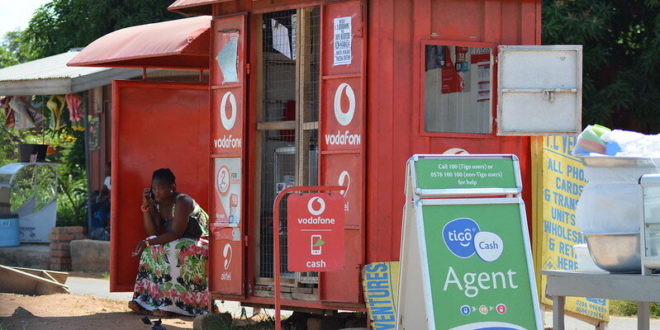The COVID-19 pandemic is impacting nearly every type of financial service provider, and FinTechs are no exception. Most FinTechs, independent of what types of products and services they offer, are being hit on two fronts. On the one hand, revenues are plummeting as consumers tighten their own belts and face their own economic difficulties, cutting deep into FinTechs’ revenues. And on the other hand, previously large pools of investment funding is drying up as investors are pausing new investments. This is creating severe cash flow constraints. Despite these hardships, FinTech marches forward, albeit with some significant changes to the ways they are doing business. Here are 4 things FinTechs are doing differently from pre-pandemic times:
- Refocusing efforts on helping consumers weather the storm – FinTechs the world over have been proactive in working with consumers to increase their usage of digital financial services to better protect themselves. Moreover, many are encouraging such behaviors by offering such services to consumers free of charge.
- Adjusting strategies and refining products – many FinTechs are dropping non-essential projects to focus on their core business and rethink how to generate revenue by retooling processes and products. It is important to note that, although many are refining existing products, most are pausing development on any new products in the pipeline.
- Reconfiguring internal operations – as with so many businesses, FinTechs have had to adapt quickly, which can be akin to building a completely new organization for many of them. This can be extremely difficult, especially in times of stress; however, the flexibility FinTechs offer in general is proving to be an advantage in this situation.
- Working to build future investor connections – economic uncertainty has had an immediate and adverse impact on fundraising. While FinTechs are considering all possible options to decrease costs and increase revenue, many have prepared plans for 3-month, 6-month and 9-month slowdown scenarios. At the same time, many are still seeking both immediate and future funding sources.
 BFC Bulletins Monthly News Digest
BFC Bulletins Monthly News Digest




